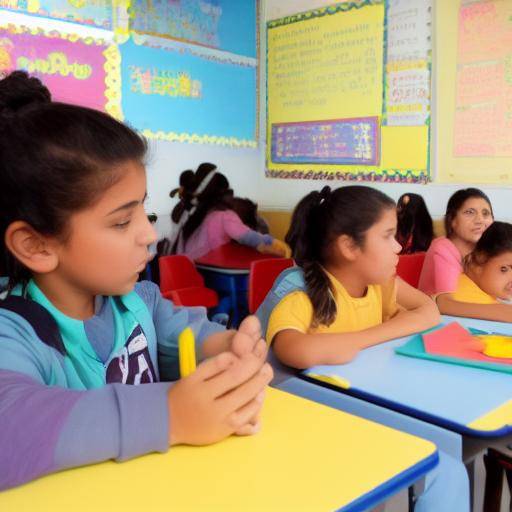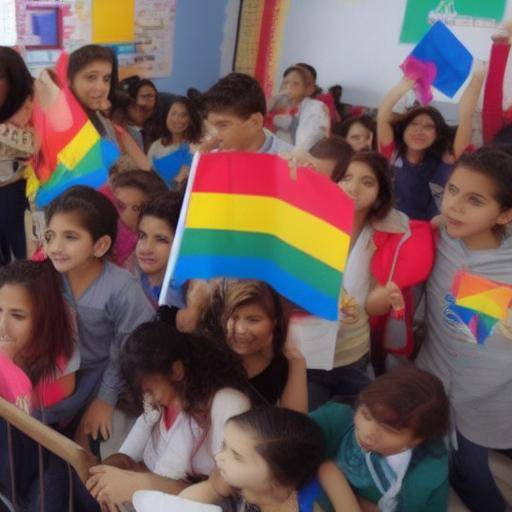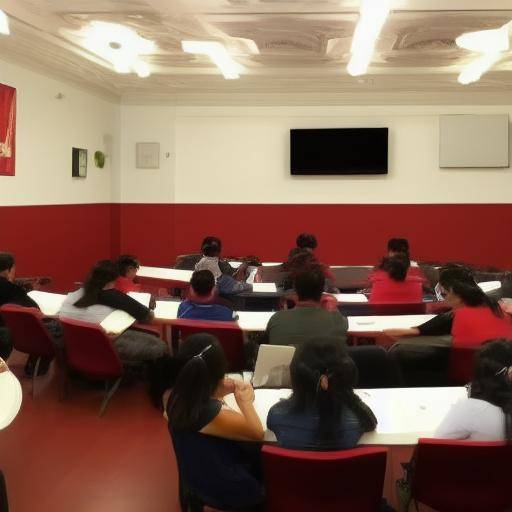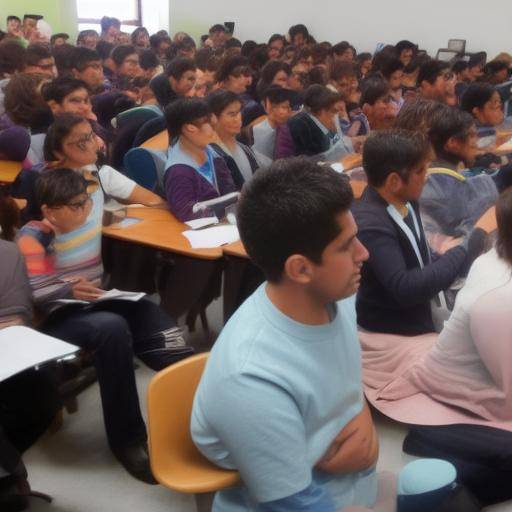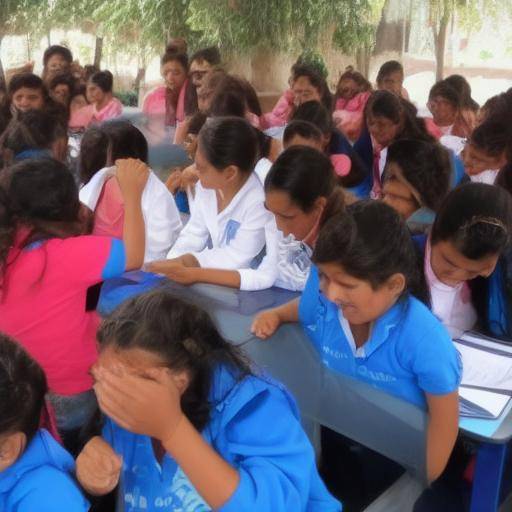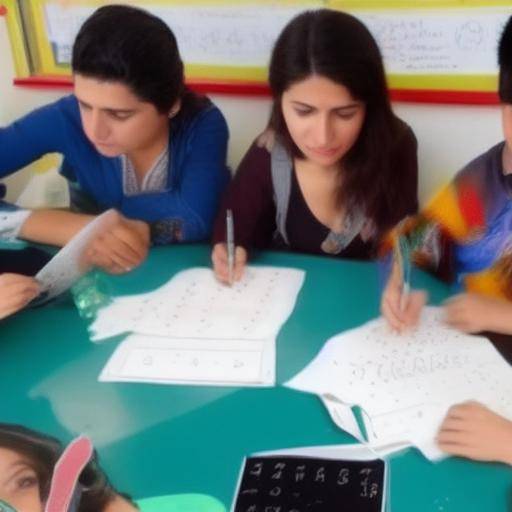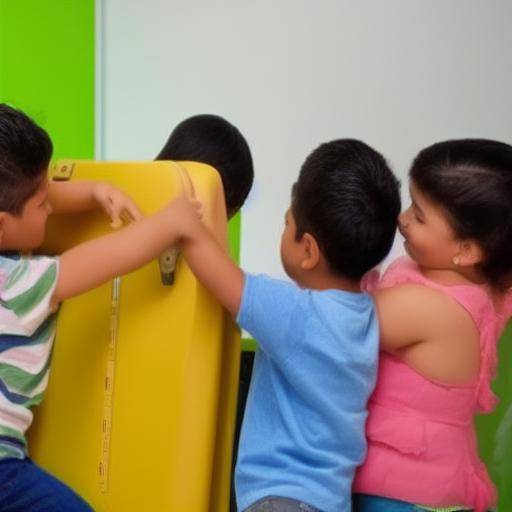
Cultural diversity in educational settings presents challenges, but also opportunities for enrichment and learning. It is crucial for educators to develop effective strategies to manage this diversity in an inclusive and respectful way. In this article, we will explore the importance of addressing cultural diversity in educational settings and provide practical strategies for achieving it.
Introduction
Cultural diversity in educational environments has become a crucial issue in today's globalized world. With students from various cultural, linguistic and ethnic backgrounds, educators face the challenge of creating inclusive environments that foster mutual respect, intercultural understanding and academic success of all students. In this article, we will explore effective strategies to address cultural diversity in educational settings, providing valuable information and practical tools for education professionals.
History and Background
Cultural diversity in educational settings has its roots in the historical evolution of society and education. From ancient times to present, interaction between cultures has been a fundamental aspect of human development. In the field of education, attention to cultural diversity has undergone significant changes over time, adapting to social, political and technological changes.
In-depth Analysis
Cultural diversity in educational environments presents a number of benefits, such as learning enrichment, the promotion of respect and tolerance, and the preparation of students for the globalized world in which we live. However, it also poses challenges, such as language barriers, differences in learning styles and intercultural conflicts.
Comprehensive Examination
To effectively manage cultural diversity in educational settings, it is essential to implement concrete strategies that promote inclusion, mutual understanding and respect for differences. These strategies range from curriculum and teaching to the creation of a welcoming and safe school environment for all students.
Comparative Analysis
Strategies to manage cultural diversity in educational settings vary according to the context, the student population and the specific needs of each community. However, there are common principles and approaches that can be effectively adapted and applied in different educational settings.
Practical Tips and Actionable Advice
Some practical strategies include the integration of cultural perspectives into the curriculum, the promotion of intercultural dialogue in the classroom, the training of teachers in intercultural competence, and the promotion of the active participation of families and the community in school life.
Furthermore, it is essential to establish institutional policies and procedures that safeguard the rights and dignity of all students irrespective of their cultural, ethnic or linguistic origin.
Industry Insights and Expert Opinions
Experts agree that addressing cultural diversity in educational settings requires a continuous commitment and an inclusive vision that values the wealth of diversity and promotes educational equity for all.
Case Studies and Real-Life Applications
The success of these strategies is evident in numerous case studies that highlight how schools and educational systems have succeeded in creating inclusive and respectful environments that benefit all students and contribute to the formation of global citizens and aware of cultural diversity.
Future Trends and Predictions
As society continues to diversify, attention to cultural diversity in educational settings is expected to become even more relevant. Future trends aim at greater integration of intercultural perspectives into education, as well as the implementation of inclusive policies and practices that promote the academic and personal success of all students.
Conclusion
In short, managing cultural diversity in educational settings requires effective strategies that promote inclusiveness, respect and mutual understanding. By implementing these strategies, educators can create enriching environments that enhance learning and coexistence in a positive and constructive way.
FAQs
1. Why is it important to manage cultural diversity in educational settings?
The management of cultural diversity in educational settings is critical to promoting the inclusion, mutual respect and academic success of all students. In addition, it prepares students to live and work in increasingly diverse and global societies.
2. What are some challenges in managing cultural diversity in educational settings?
Some challenges include language barriers, differences in learning styles, and intercultural conflicts that require specific strategies to effectively address them.
3. How can educators integrate cultural diversity into the curriculum?
Educators can integrate cultural diversity into the curriculum through the selection of educational materials and resources that reflect various cultural perspectives, the inclusion of intercultural themes in teaching activities, and the promotion of dialogue and reflection on diversity in the classroom.
4. What role do families play in managing cultural diversity in educational settings?
Families play a crucial role in supporting and collaborating with school in promoting an inclusive and respectful environment. Their active participation contributes to the enrichment of the educational process and the promotion of intercultural understanding.
5. What is the positive impact of managing cultural diversity in educational settings?
The effective management of cultural diversity in educational environments promotes an environment of respect, tolerance and mutual enrichment, which in turn promotes the personal, academic and social development of students.
6. What resources and support can educational institutions provide to manage cultural diversity?
Educational institutions can provide training in intercultural competence for teachers, linguistic and cultural support services for students and families, as well as the implementation of inclusive policies and procedures that safeguard the rights and dignity of the entire educational community.
Finish the item by going to the next sub heading.










